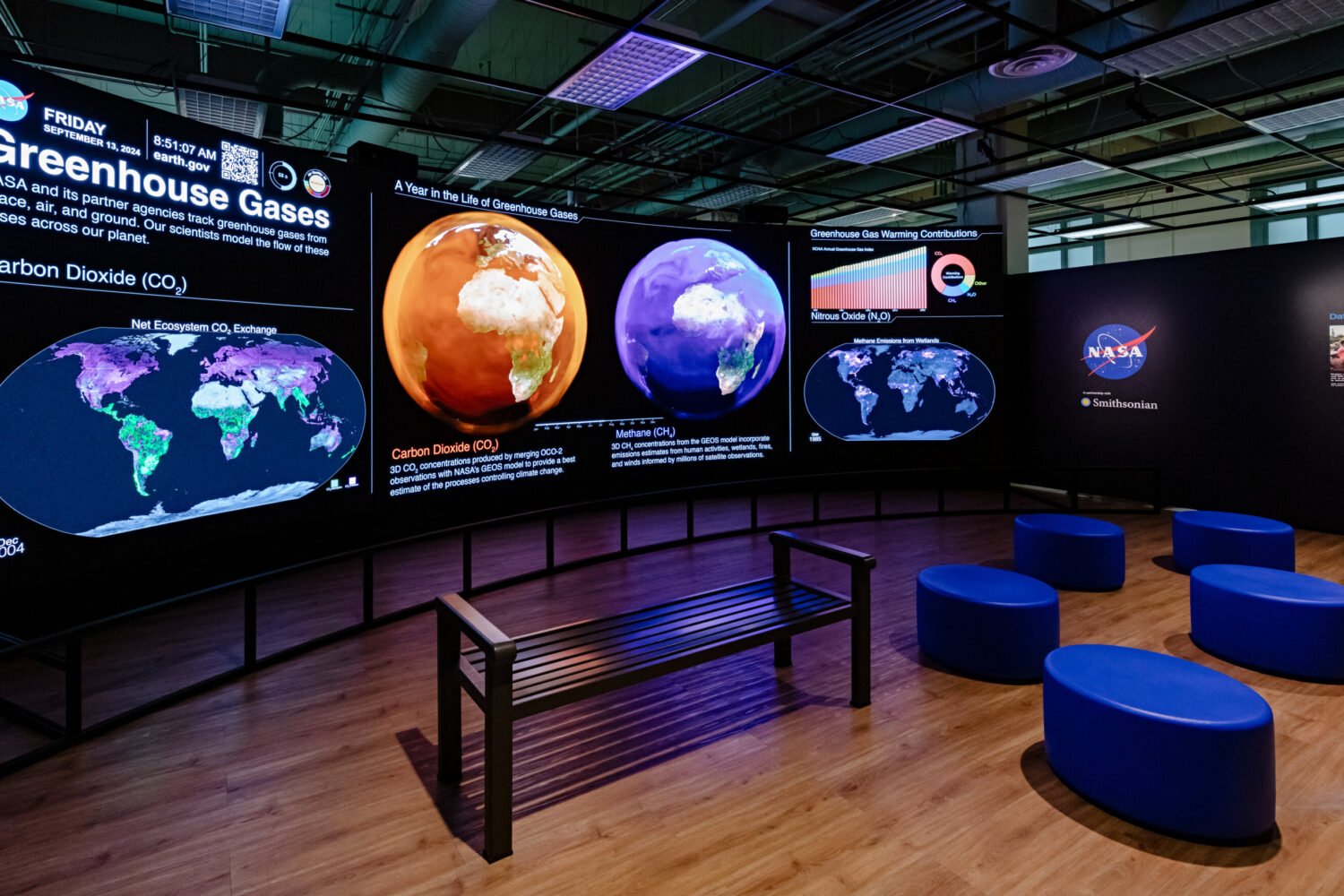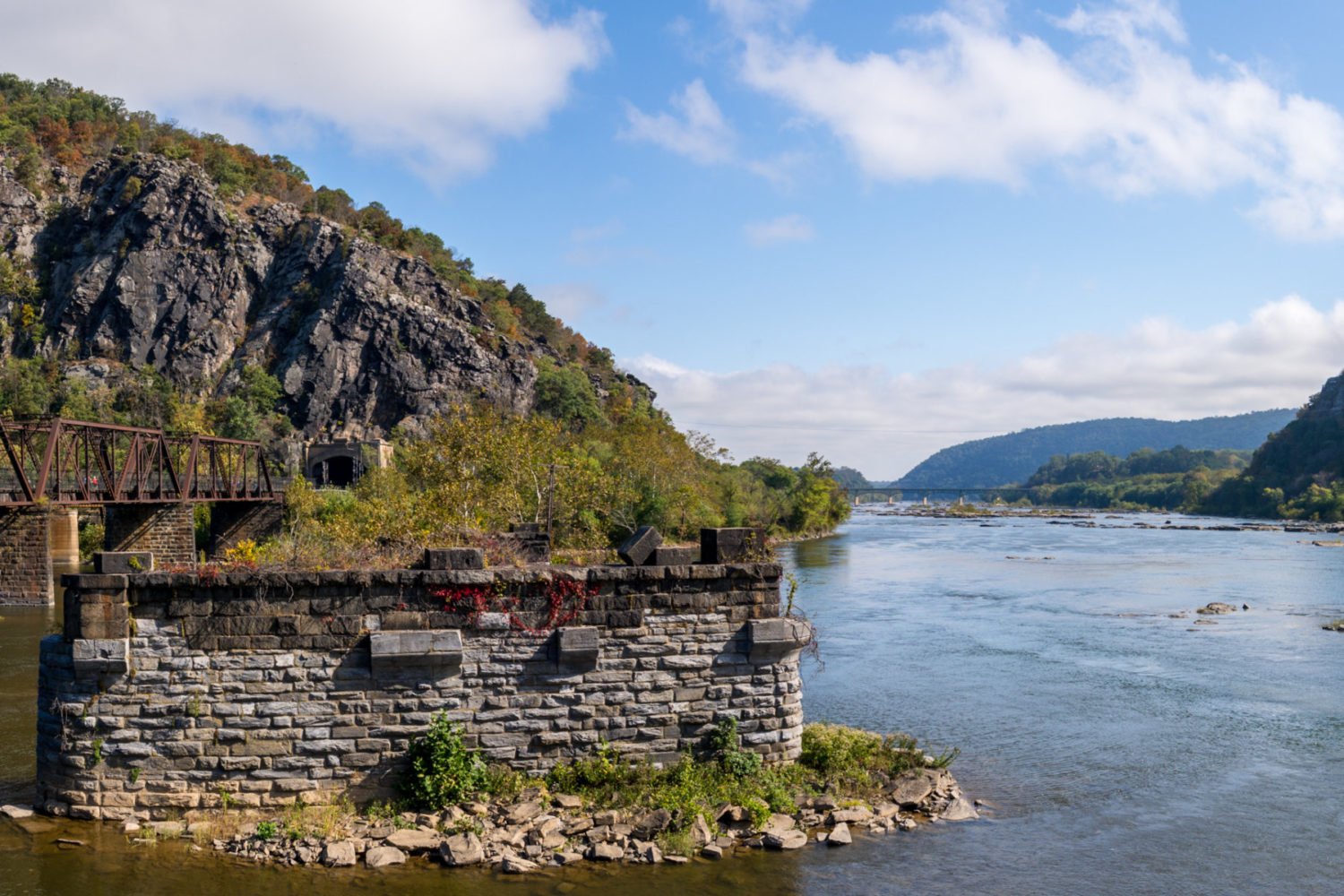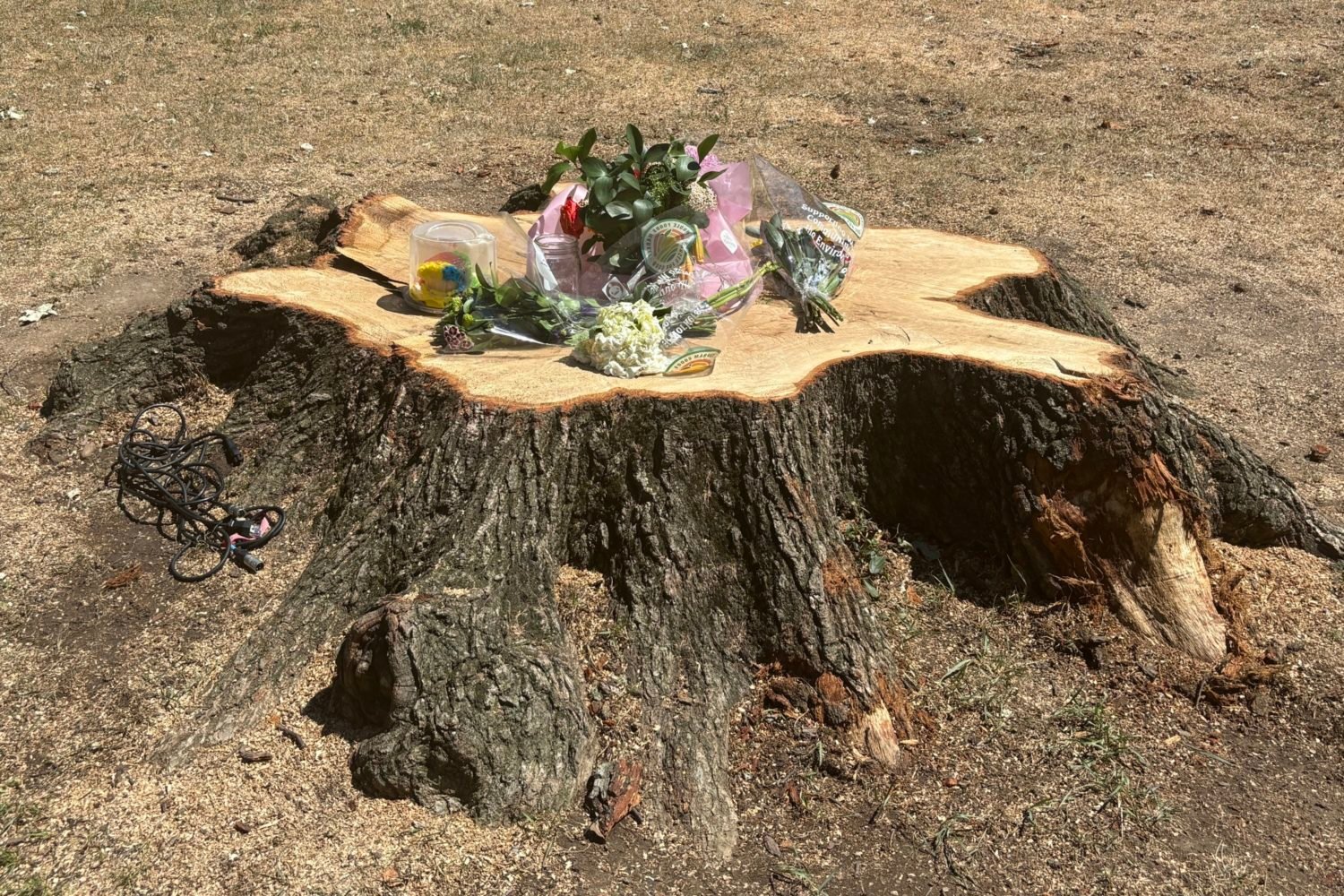If it feels like your fall allergies and the pesky symptoms they bring—watery eyes, sneezing, scratchy throat, and stuffy sinuses—are lingering around longer than usual, you’re not alone. Allergists, such as Dr. Anjeni Keswani, director of the George Washington University Allergy & Sinus Center, say that allergy seasons have been trending longer and more intense in recent years, with many attributing the cause to climate change.
“Essentially, with warmer temperatures and increased carbon dioxide levels, we see more pollen being produced from ragweed [a common fall allergen] and we’re seeing the first fall freeze being delayed, which is when mold spores [another common fall allergen found on decomposing leaves] are typically killed off,” says Keswani.
In fact, one PNAS study found that the North American pollen season has increased by an average of 20 days between 1990 and 2018, during which the concentration of pollen also increased by 21 percent. The study likewise named climate change as “the dominant driver of changes in pollen season length and a significant contributor to increasing pollen concentrations.”
As a result, “we’re certainly seeing patients coming in who are more symptomatic these years than they have been in previous years,” says Keswani, who adds this year appears to be a particularly harsh season thus far. “Last year’s ragweed season lasted much longer and the pollen count seemed to be higher than in previous years, and I think we’re seeing a similar trend this year. Although, of course, it’s not the end of the season yet.”
The end of the season unfortunately won’t come until temperatures drop into freezing, she says. But if you’re among the roughly 25 percent of Americans who struggle with seasonal allergies, there are several things you can do to find relief in the meantime.
“Over-the-counter antihistamines and nasal sprays work very well for both spring and fall allergies,” says Keswani, who adds that nasal saline rinses can also help flush allergens out of nasal passages. “Additionally, if people want to identify specifically what they are allergic to, then going to see an allergist can be very helpful, because we can test to determine which specific allergens they are allergic to and they can then try to remove that or avoid those in their environment.”
For those with particularly harsh allergies, Keswani adds that allergen immunotherapy, which is administered through regular allergen shots, has also become more popular. “They help desensitize patients so that they are more able to tolerate environmental allergies as the pollen and mold seasons become more intense and longer.” Though they often take more than a year for someone to significantly feel results, she says they’re the closest thing allergists have to “a cure.”
For more immediate prevention, Keswani says people can also check pollen forecasts online and stay inside or keep windows closed when counts are high.



















